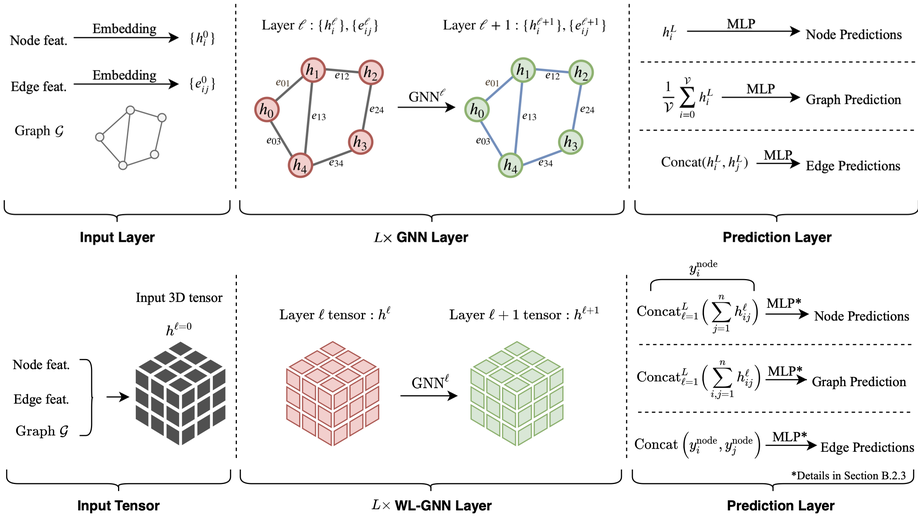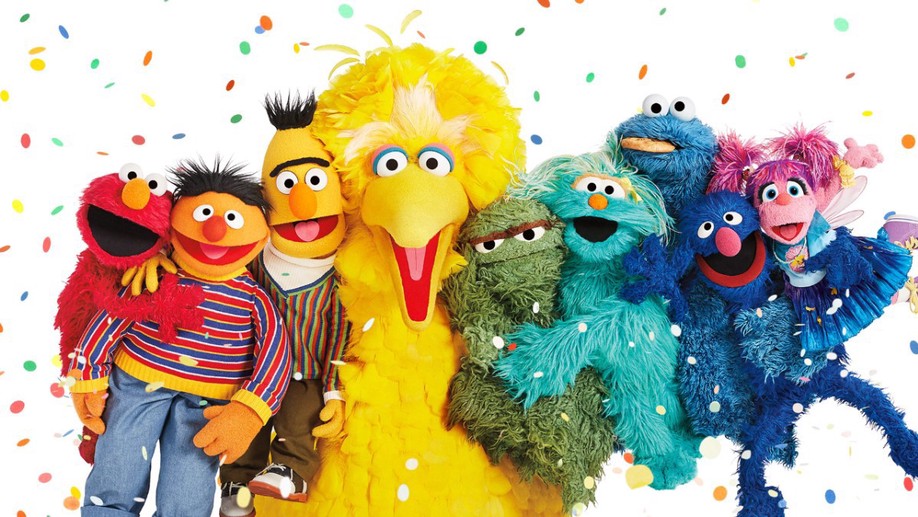
Benchmarking Graph Neural Networks
This blog is based on the paper Benchmarking Graph Neural Networks which is a joint work with Chaitanya K. Joshi, Thomas Laurent, Yoshua Bengio and Xavier Bresson. Graph Neural Networks (GNNs) are widely used today in diverse applications of social sciences, knowledge graphs, chemistry, physics, neuroscience, etc., and accordingly there has been a great surge of interest and growth in the number of papers in the literature. However, it has been increasingly difficult to gauge the effectiveness of new models and validate new ideas that generalize universally to larger and complex datasets in the absence of a standard and widely-adopted benchmark.

Transformers are Graph Neural Networks
Engineer friends often ask me: Graph Deep Learning sounds great, but are there any big commercial success stories? Is it being deployed in practical applications? Besides the obvious ones–recommendation systems at Pinterest, Alibaba and Twitter–a slightly nuanced success story is the Transformer architecture, which has taken the NLP industry by storm. Through this post, I want to establish links between Graph Neural Networks (GNNs) and Transformers. I’ll talk about the intuitions behind model architectures in the NLP and GNN communities, make connections using equations and figures, and discuss how we could work together to drive progress.